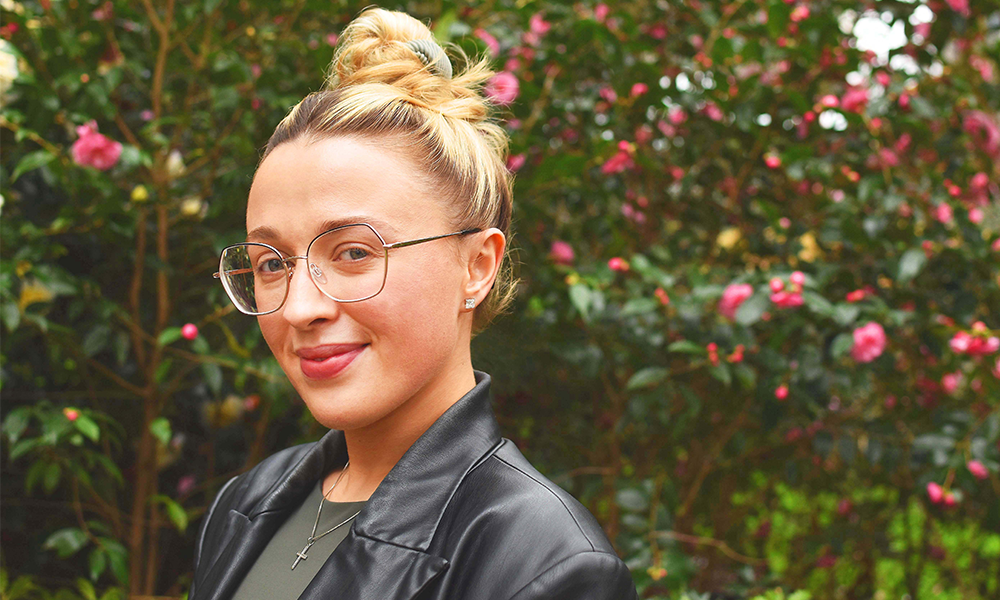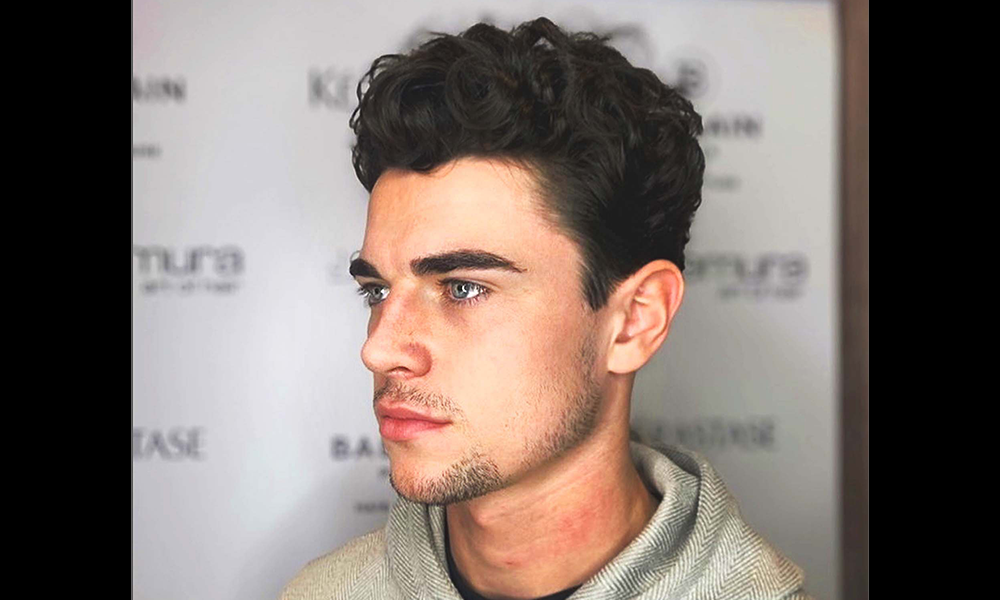Ilias Georgatos’ Greek restaurant at Wharf Kitchen builds on the talents and recipes from generations of his family in Kephalonia

Subscribe to our free Wharf Whispers newsletter here
Pittagoras’ name is a fantastically neat way of summing up the Greek restaurant and takeaway, which recently opened up amid the street food businesses at Wharf Kitchen in Jubilee Place.
Co-founder Ilias Georgatos smiles gently as I explain that I’ve worked out the clever pun on Pythagoras (he of the theorem, the hypotenuse and all that half-remembered learning in dreary classrooms).
But, as with everything at Pittagoras, there’s an extra level – a deeper layer that comes together from multiple ingredients.
“There is the wordplay with Pythagoras,” said Ilias.
“But the name also showcases what we are doing. Our first location was in Tooting in a market and we serve our gyros on bread.
“Pitta is bread and, in Greek, the word for market is ‘agora’ – literally selling bread in the market.”

the origins of Pittagoras
In similar fashion, the ingredients list for its signature pork gyros – meat in pitta with garlicky tzatziki, tomatoes, red onions, parsley, oregano and fries – only tells a fraction of the story and, for Ilias, it’s a tale that goes back to his roots.
“I’m originally from Kephalonia in Greece and I’m the third generation of my family to be doing the exact same job,” he said.
“My grandfather brought souvlaki to the island in 1956 and by the age of 10 I was helping my dad in the kitchen.
“After I finished school I didn’t study, I stayed next to my father, but at some point I realised I was sick of the job. That’s one of the main reasons I decided to come to London seven years ago.
“But then I was working in kitchens over here and managing restaurants and I realised the thing I’d decided I hated the most was actually the thing I loved the most.
“It was at that time I found my business partner – Gianni Perillo – who had a pizzeria in Tooting Broadway and he wanted to invest in my experience and my family’s heritage.
“That’s how we started out with Pittagoras, about three and half years ago.
“Now we have four locations in Hackney Wick, London Fields, Tooting and at Canary Wharf.
“This latest opening is the next step for us, the biggest operation and we’ve been doing great here – it’s been very busy right from the beginning.
“The beauty is that it works at all times of the day – we know how much customers love our food.
“Most British people have been in Greece at least once in their life so they are familiar with our food.
“It’s also a healthy option – you get a complete meal with the salad and the meat.”

detail in dining
You don’t have to spend long with Ilias to realise Pittagoras is all about detail.
The meat for its chicken and pork gyros is expertly grilled on large vertical skewers and only shaved with a miniature circular saw when the Maillard reaction has transformed the flesh closest to the heat into crisp, unctuous morsels.
Then it’s all about combining the harvest with the right balance of accompaniments in the soft, welcoming embrace of the pitta.
“The first thing to get right is the meat, the bread and the yoghurt, so we bring them all from Greece, although we do use a butcher here in London too,” said Ilias.
“We also make sure we buy the best vegetables we can for maximum taste.
“It can be hard to find the right quality of tomato in the capital, but we have a trick – we buy them on the vine and then leave them out of the fridge to ripen and get a little sweeter.
“For me, the most important thing is what I learned from my father.
“It’s the secret of what he does – he thinks that if he doesn’t like what he’s cooking then he can’t sell it.
“When I’m cooking, the question is: ‘Would I eat it?’. The answer must always be yes.
“To make good food, you need good quality meat, and a simple seasoning – salt, pepper – and for it to be cooked properly.
“In gyros, nothing can hide, there’s no filler, no restaurant sauces to mask tastes.
“My father is very proud of what we’ve achieved here, especially when I appeared on national TV in Greece.
“One Sunday, for a TikTok video, I made a giant gyros and it went viral and I was invited to appear. For a month, I went on every channel and it was madness.
“For someone to appear on TV from the island of Kephalonia, it’s a big thing – a great celebration.
“Growing up with my father, we had our ups and downs but we both love what we do and he still has a restaurant on the island.
“He took a little place from his dad and grew the business to 10 locations before the crisis in Greece.
“Now he has one location but makes about the same revenue as four shops because it’s very popular and people queue.
“He only does a few things – specialising in pork souvlaki – but people really like it, they wait 30 minutes.
“When I take my family over there in August, the restaurant is so busy we don’t get to spend much time with him so I was actually there last week to catch up.
“I ended up working next to him and that’s the way to spend time with my dad.
“It’s very interesting because, after seven years in London, sometimes you forget where you started and you need to get back to those traditional recipes.”

open daily
Open every day, Pittagoras serves up its flavours in boxes for a little over £15 and in wraps for around £11. It also offers loaded fries for about £12.50 and salad boxes for around £10 or £14 with meat.
The restaurant doesn’t serve pork souvlaki as the charcoal necessary to cook it properly (in Ilias’ view) is a complex ask for a unit in the depths of a shopping centre. However, chicken souvlaki is available.
With Ilias’ partner looking after the business side of things, he’s free to focus on his passion – the cooking and the people.
“My top concern is the food, but also our staff,” said Ilias. “I spend much of my time in our branches and I love talking to our staff and customers. We need to see the impact of what we’re selling.
“It’s a passion. We work seven days a week and I take advice from my father who says that if you do everything the right way, then the money will come.
“I think that’s where many people go wrong and fail – as soon as the numbers become more important it’s a problem.
“The day we employ someone who thinks that way is the day I return to Greece.
“That’s my retirement plan, actually.
“I would open a little restaurant in Kephalonia and do the exact same thing.
“My wife thinks I’m crazy, but in some ways this is a hobby for me. I still feel like I’m not really working.
“Pittagoras’ growth has been organic so far – we don’t have investors or loans, just the money we put in.
“We would like to find another location this year to open, which seems about the right pace.”

key details: Pittagoras
Pittagoras is located at Wharf Kitchen on the lowest level of Jubilee Place.
The business is open daily from 11am-10pm, with delivery available on the usual platforms.
Find out more about the restaurant here










































